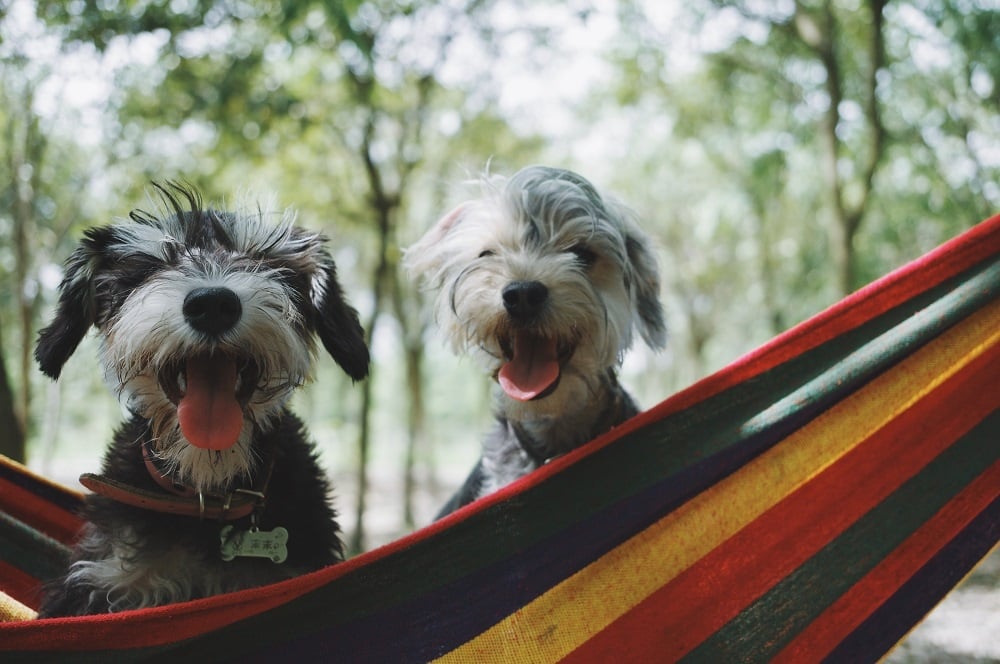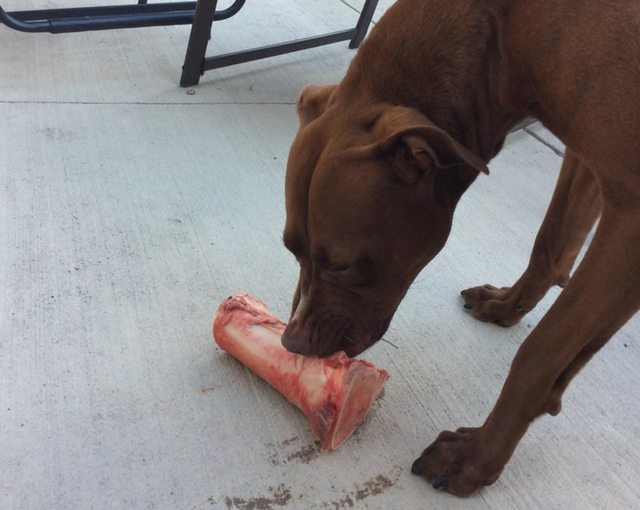Let’s Talk Poop: Raw Pet Food and Poop
May 14, 2018
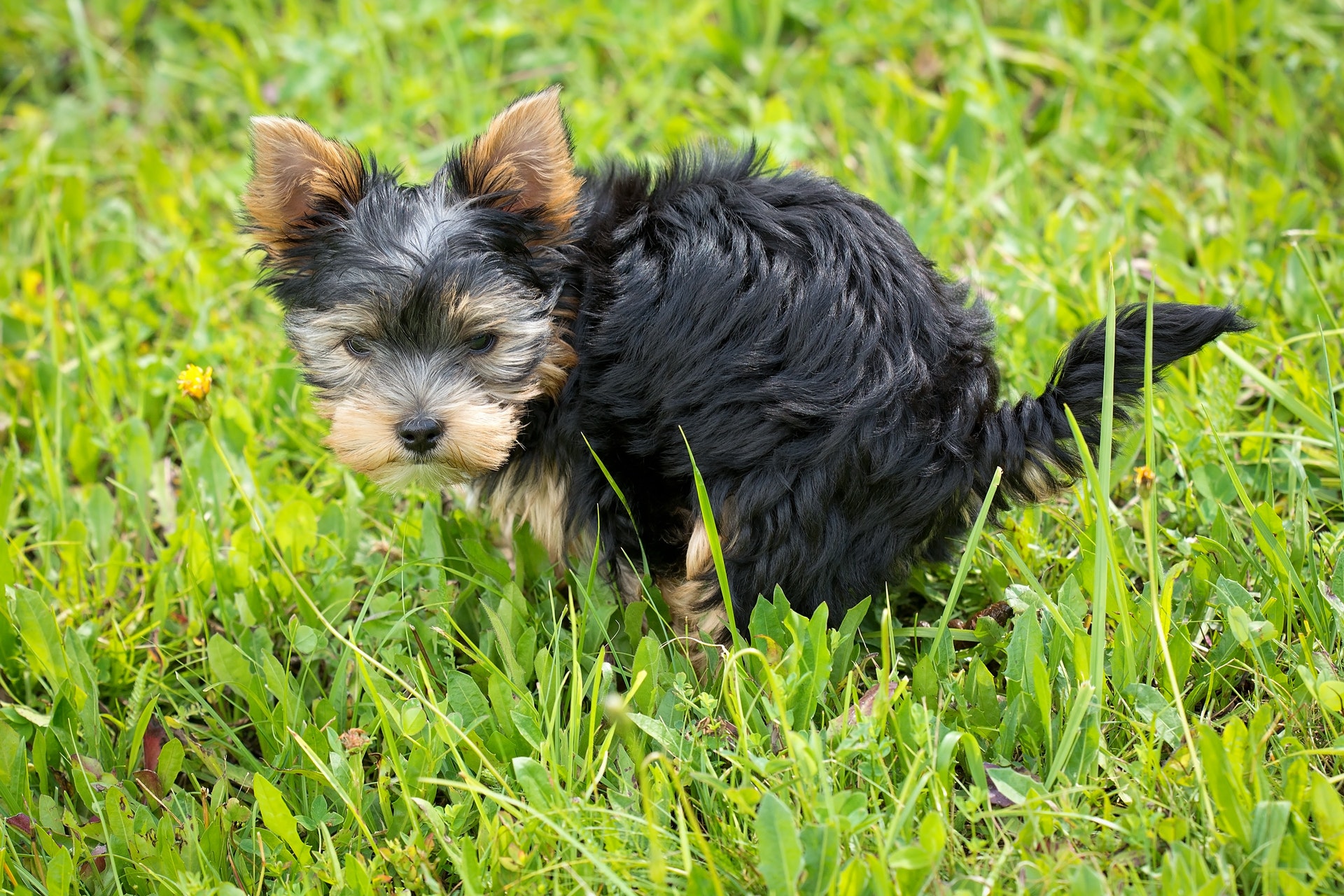
Poop, Poo, Stool, Number 2, Doodoo, Business, Big O’s… whatever you call it, elimination is a natural law of the body: what goes in must come out. As raw feeders we often find ourselves on the poop topic, not because we don’t have anything better to talk about, but because you pet’s poop can tell you a lot and is often the first indicator when somethings may not be quite right.
Poop is a stinky subject, but it’s an important topic when it comes to your dog’s health and well-being.
Why Are We Talking About Poop?
It’s important to talk about poop.
Unless you are Dr. Doolittle, your dog can’t talk to you, and she can’t always tell you when she doesn’t feel well. The most you can do is notice when she’s not acting like herself and assume something is wrong.
Your dog’s poop can tell you a lot about their health. Since poop is the body’s waste, any abnormalities or issues are directly reflected in it. While slight changes are not always a reason for alarm it’s important to be aware of what is normal for your pet.
What Your Dog’s Poop is Actually Telling You
There are four main factors to look for, often referred to as the “four C’s” of dog poop: colour, consistency, content, and coating.
First, let’s look at what’s “normal.” Poop should generally be small, brown and come out in firm formed balls.
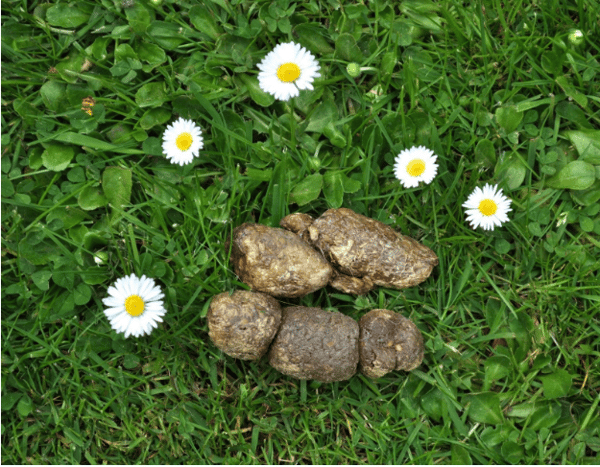
Gas also isn’t normal for our pets. Occasional gas is fine, but if your pet is clearing out a room it might be time to take a look at what’s fueling that fire.
Here are some signs to be cautious of if they continue for a prolonged period of time:
What the Colour of your pet's poop means
Yellowish stool- Could indicate too much chicken fed for too long without a different protein rotation. If prolonged it could also indicate issues with the liver, gallbladder, or pancreas.
Black dark stool- Can occur if pets have a lot of salmon or organ content in their meals.
Bright red in the stool- Generally indicates bleeding in the lower digestive tract or closer to the anus. Can occur with ongoing straining during elimination. If ongoing, veterinary advice should be sought.
Dark Blood in the Stool- This is serious as it can indicate internal bleeding and should be addressed with veterinarian immediately.
White crumbly stool- Usually this means your pet has consumed a lot of calcium/bone. If you’ve just fed a raw bone in the days prior this can be normal however if it’s ongoing then a diet adjustment might be necessary.
Consistency
Ideal stool should be firm and easy to pick up. If left for a day or so it may even become crumbly to pick up as the moisture has left it. If your pet’s stool comes out like soft-serve ice cream it could indicate improper digestion or even illness. If your pet is straining because their stool is too hard and it drops crumbly it could indicate too much bone in the previous meals.
Coating and Content
Your pet’s stool should for the most part be dry, however sometimes there may be a slight mucousy coating. A very small amount is okay however chronic mucous on the stool can be an indication of internal troubles and should be addressed.
Of course the content of the stool can be a pretty clear indication of what your pet has eaten (planned or not).
It’s important to remember that slight changes in your dog’s poop are not always bad. However, when it’s chronic or recurring, it could indicate that your dog is regularly eating something that isn’t being digested properly.
The Raw Pet Food Difference
There’s a major difference between a kibble diet and raw pet food diet when it comes to your dog’s poop.
“Kibble poop”, as we affectionately refer to them as, are usually large, soft and stinky!!! (think play-dough).
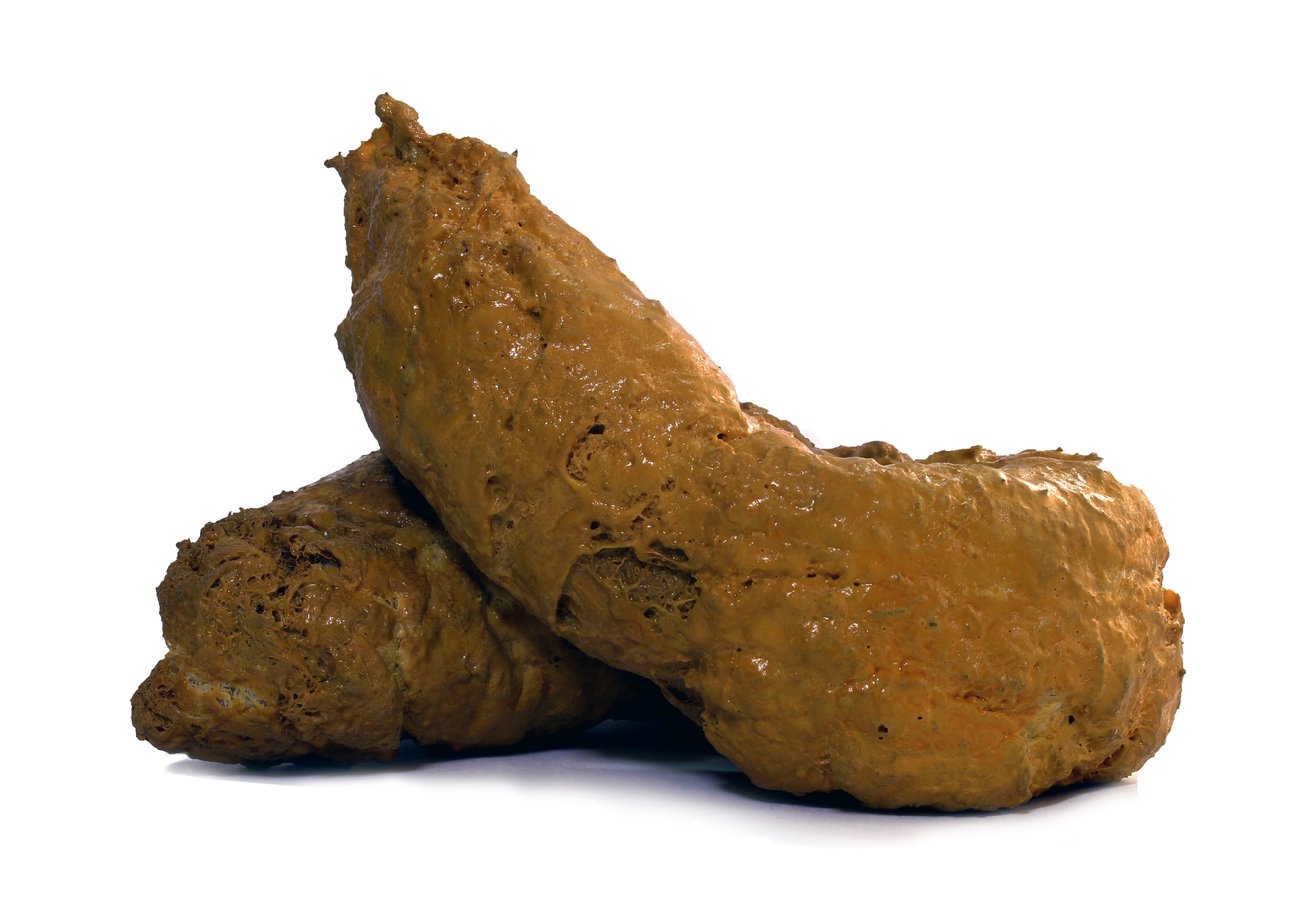
Raw poop is generally small, brown, firm balls. Poop is small, firm, and less smelly when your dog is on a raw food diet.
Why is this?
Commercial food is often packed with a high amount of carbohydrates, corn, grains, peas and other ingredients that aren’t natural to your pet’s system, making them harder to digest. Poop is the body’s way of eliminating waste, if all that stinky poop is coming out when feeding kibble, how much of what you’re putting in is actually waste?
When your dog is eating raw pet food, they are only eating ingredients that their body can process properly and use for fuel and nutrition; less of it becomes waste. Less waste means less poop
It’s true what they say- if you put the right stuff in, the right stuff comes out. When you put the right food in your pet’s diet, it’ll show in their poop, and it’ll make scooping a whole lot easier too. To learn more about how raw pet food can make a major difference for your furry friend, get in touch with us now.
